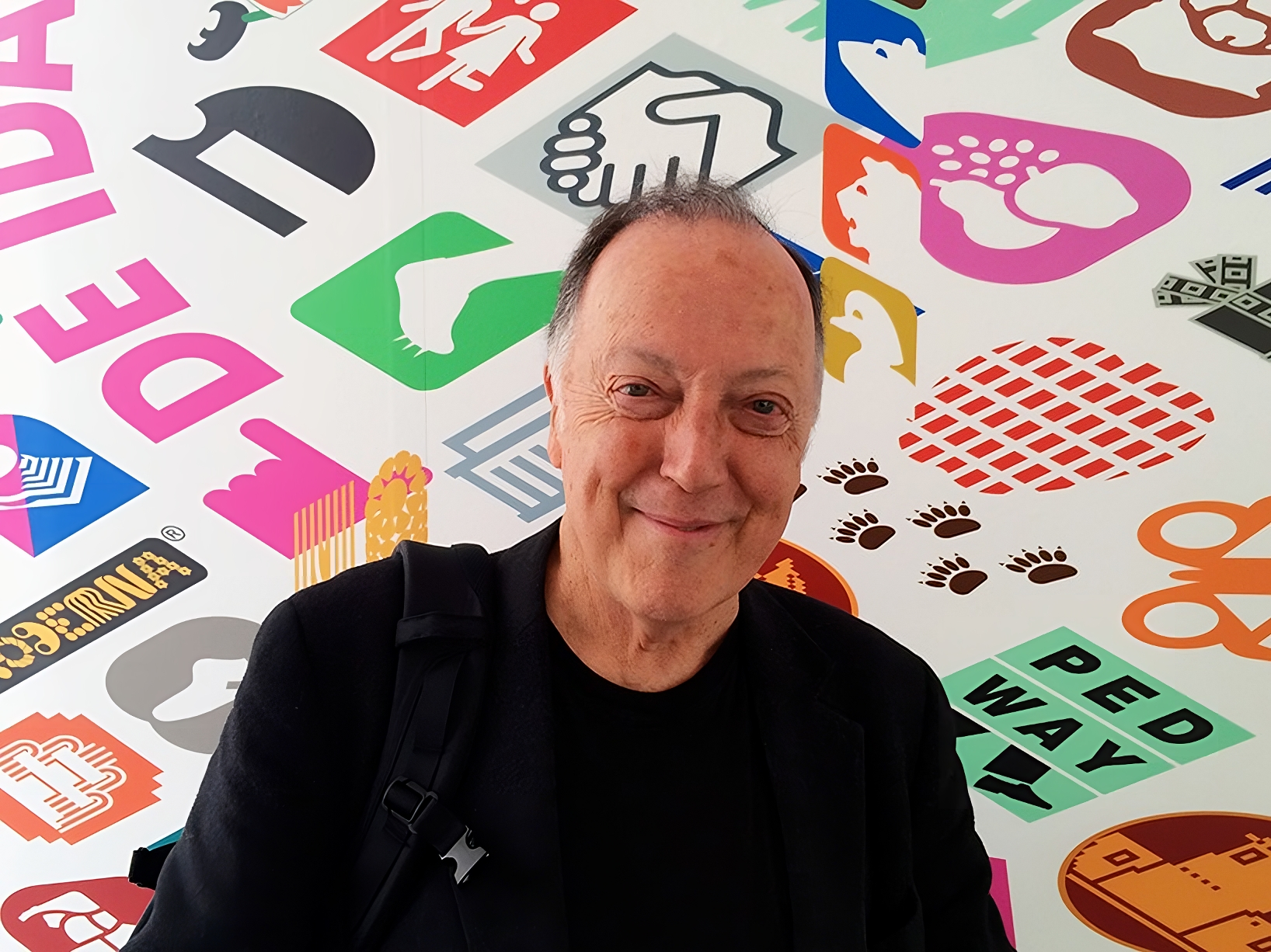
1968 : In an emblematic year marked by events of great magnitude, Lance Wyman, an American designer, already known for his work on the graphic identity of the Olympic Games in Mexico, accepts the challenge of creating the graphic identity of the Mexico City Metro. Collaborating with talented Mexicans Arturo Quiñónez and Francisco Gallardo, Wyman embarks on a project that would seek to revolutionize the way people interact with public space.
Creating a Universal Visual Language : The team led by Wyman introduces an innovative concept: the use of pictograms for each metro station. These pictograms are not mere illustrations; They are representations of monuments, cultural aspects, and local iconography that would resonate with users instantly. The genius behind this strategy is simple but profound: a visual language that everyone, no matter their background or language skills, can understand.
Inclusive Design for All : Inclusion becomes the pillar of the project. By removing language and educational barriers, pictograms allow people of any background and ability to navigate the subway system with ease. This approach demonstrates a commitment to accessibility, ensuring that the metro is not just a means of transport, but a welcoming space for all.
Integrating Local Culture into Every Trip : Beyond its functionality, each pictogram serves as a tribute to Mexico's rich history and cultural diversity. This detail enriches the user experience, transforming each trip on the metro into a celebration of Mexican identity. The pictograms, therefore, transcend their original purpose and become icons of a city that deeply values diversity, inclusion, and its culture.
A Legacy That Transcends Functionality : The Mexico City Metro project becomes a testament to the power of design to improve everyday life. By democratizing access to information, pictograms celebrate cultural richness in every journey, becoming much more than a navigational tool: they are symbols of a society that embraces its cultural heritage with pride.
In conclusion, the work of Lance Wyman and his team on the graphic identity of the Mexico City Metro not only solved an urban navigation problem; He created a signage system that is both universal and intimately local, demonstrating how design can significantly influence our daily experiences.